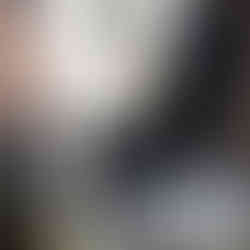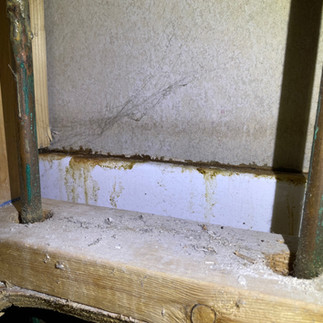Inspecting bathrooms checklist
- Risley Home Inspections

- Sep 22, 2021
- 3 min read
(All photos are from real findings on home inspections done by Risley Home Inspections)
When looking to purchase a new home, bathrooms can be an important area to look at during your home inspection. When it's time for you and your home inspector to check out the bathroom, here are some things to look for:
Turn on and run all sinks, tubs, showers, and toilets checking water pressure, drainage, or any leaks?
Check to make sure toilets are secure, not loose, or leaking.
Look for any damaged or missing caulking / grout in and around showers and tubs.
Cracked tiles or any water damage.
Outlets are GFCI protected.
Testing for hot water at fixtures
Bathroom sinks
While operating the sinks during a home inspection - I close the drain plug, fill the sinks, and then pull the plug to drain. This allows plenty of water to flow through the drain line to check for any loose, corroded, or poor connections that may potentially cause a leak. It is also important to check and feel the water lines for any leaks as well as the hot and cold water handles. Look around bathroom cabinets for water damage that may indicate leaking or past issues. Also look to see if water drips from faucet while water is turned off.
Toilets
Look for any cracks on the toilet tank or bowl and flush the toilet a couple times to check for proper drainage or any leaks. If you notice any stains behind or around the toilet, that may also be signs of leaking. You can use your knee(s) to try to wiggle the toilet to check if it is loose. 9 times out of 10 when a loose toilet is found, water damage or leaking on the sub floor is typically found as well (example in photos above). This is because the wax seal underneath the toilet needs to have a snug fit to prevent from getting damage or shifted. Another common find with toilets are corroded or rusted toilet tank fasteners. The more they corrode over time, the more likely they are to start leaking.
Tubs & showers
Operate both cold and hot water handles and shower operation - checking to see if they both operate, presence of hot water, if handles leak (pictured to the right), any rusty water, or inadequate water pressure. Original bathroom fixtures in older homes can deteriorate over time and eventually leak, sometimes causing water to run down and behind fixture causing water damage or mold over time.
It is also important to caulk any gaps at tub faucets, handles, or gaps in tiles and around upper rim and base of tub. The photo's above show an example of a shower with missing grout or tile and evidence of water leaking behind the structure. If this was not caught and addressed, it would result in water damage or even worse, mold. A cheap, simple fix that can go a long way. Also look for any cracked tiles in showers where water could also seep through.
Bathroom exhaust fans
It may not seem critical, but it is important to make sure all bathroom exhaust fans operate properly as well. Bathroom exhaust fans purpose is to vent out all that moisture from those steamy showers. It is common to find a bathroom exhaust fan venting into the attic during a home inspection. All exhaust fans are required to vent to the exterior of the home because the moisture being released into the attic can cause damage and eventually result in mildew or mold like growth.
#homemaintenance #bathroomchecklist #home #bathroominspection #bathroom #homeinspector #tuscaloosa #tuscaloosahomeinspector #homeinspection #alabama #alabamarealestate #alabamahomeinspector #tuscaloosarealestate #plumbinginspection #tuscaloosahomes #plumbingleaks



































Comments